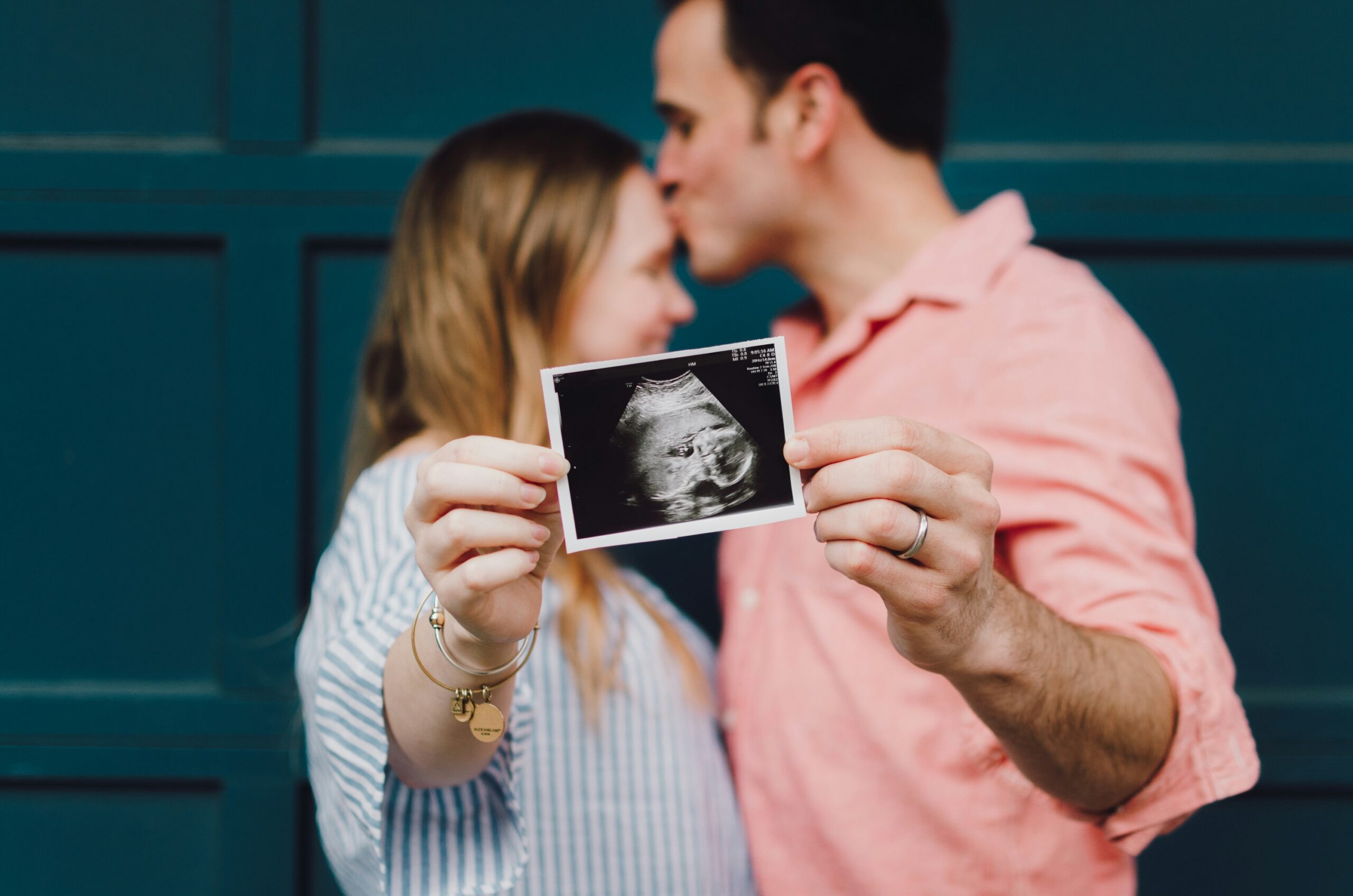Physical Address
304 North Cardinal St.
Dorchester Center, MA 02124
Physical Address
304 North Cardinal St.
Dorchester Center, MA 02124

A seven-week ultrasound is a significant milestone in early pregnancy. It provides vital information about the health and development of the pregnancy. Whether it’s your first ultrasound or a follow-up, understanding what happens during this appointment can prepare you for the experience and highlight the importance of early prenatal care. This guide covers what to expect, the benefits of a 3D ultrasound at this stage, and what the results might indicate.
A seven-week ultrasound is typically performed to confirm pregnancy, estimate gestational age, and assess the health of the fetus. It’s an early look at the developing embryo and provides valuable insights for the expectant parents and healthcare providers.
At this stage, the embryo is about the size of a blueberry, measuring approximately 5-9mm. Despite its small size, crucial developments are underway, and an ultrasound can help detect early signs of a viable pregnancy.
The ultrasound can be conducted either transabdominal or transvaginally:
You may feel slight discomfort during a transvaginal ultrasound, but it is generally painless. The procedure takes about 20-30 minutes, and the images are displayed on a screen for you and your healthcare provider to observe.
At seven weeks, the ultrasound can reveal:
The gestational sac is usually the first structure visible on an ultrasound. It provides a protective environment for the developing embryo.
The yolk sac supplies nutrients to the embryo until the placenta is fully developed. Its presence is a reassuring sign of a healthy pregnancy.
The fetal pole is the first visible sign of the embryo’s body. At seven weeks, the pole may appear as a small curved structure.
A significant highlight of the seven-week ultrasound is detecting the fetal heartbeat. The heart rate at this stage is typically between 90-110 beats per minute and is an encouraging sign of viability.
The ultrasound confirms the presence of an intrauterine pregnancy and rules out ectopic pregnancy or other complications.
Accurately measuring the embryo helps estimate your due date, essential for planning prenatal care.
If you’re carrying twins or multiples, a seven-week ultrasound can often detect additional gestational sacs and fetal poles.
While it’s too early for detailed anomaly scans, the ultrasound can identify some early issues, such as an irregular gestational sac or absent heartbeat.
A 3D ultrasound provides a more detailed, three-dimensional image of the embryo and surrounding structures. Unlike standard 2D ultrasounds, which show flat, cross-sectional images, 3D ultrasounds create lifelike visuals.
However, not all clinics offer 3D ultrasounds at seven weeks, as it’s more commonly used in later trimesters.
For a transabdominal ultrasound, you may be asked to drink water beforehand to fill your bladder. A full bladder helps improve image clarity by pushing the uterus closer to the abdominal wall.
Wear comfortable clothing that allows easy access to your abdomen or pelvic area.
It’s natural to feel a mix of excitement and nervousness. Discuss any concerns with your healthcare provider beforehand.
The results of your seven-week ultrasound can provide important information:
If any issues are detected, your healthcare provider will discuss the next steps, including additional testing or monitoring.
While the heartbeat is visible on the ultrasound, but it’s usually too early to hear. Audio detection typically happens around 10-12 weeks.
A 3D ultrasound is not medically necessary at seven weeks but can be a valuable tool for enhanced imaging.
If the ultrasound doesn’t show expected signs, it could be due to miscalculated dates or a non-viable pregnancy. Your provider may recommend a repeat scan in one to two weeks.
A seven-week ultrasound is a critical step in early pregnancy care, offering valuable insights into the health and progression of your pregnancy. While a standard 2D ultrasound is commonly used, a 3D ultrasound can provide enhanced clarity and a deeper connection to your baby’s early development. Preparing for this milestone and understanding the potential outcomes can help you feel more confident and informed about your pregnancy journey.